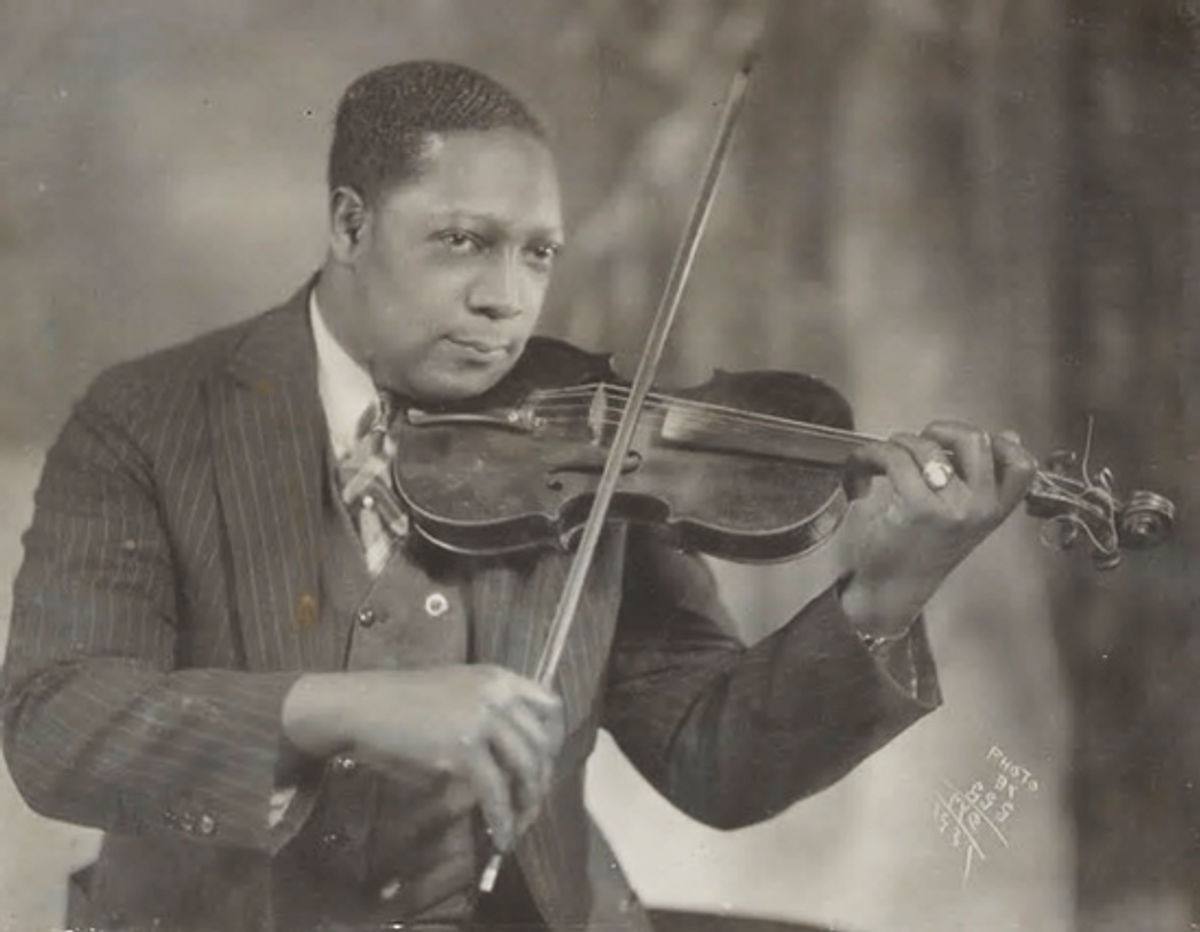James Van Der Zee, the lifelong Harlem studio photographer who was ignored by the established art world throughout his working life, is to become the first Black photographer to have his archive posthumously housed at the Metropolitan Museum of Art in New York.
Van Der Zee was born in 1886 in Lenox, Massachusetts. His parents were once domestic servants in the White House of Ulysses Grant. After moving to New York City as a young man, Van Der Zee worked as a waiter and elevator operator in lower Manhattan, living with his family in Harlem.
He is now retrospectively remembered as a leading figure of the Harlem Renaissance for his lifelong commitment to documenting the ever-changing multivalence of Harlem’s community life.
Van Der Zee was a commercial portrait photographer who ran the storied Guarantee Photo Studio on Harlem’s 125th Street. He opened the studio in 1916 with his wife Gaynella Greenlee after an apprenticeship as a darkroom assistant to an in-house portrait photographer in a department store in Newark, New Jersey, a position he got after acquiring a camera at age 14 and teaching himself photography.
The studio became a decades-long mainstay of Harlem, and Van Der Zee’s archive captures how historic moments in the modern history of America like the Great Depression and the Civil Rights Movement, as well as global events like both World Wars, changed what was then the centre of Black life in America.
In 1919, for example, Van Der Zee was one of the few photographer present to photograph the victory parade of the returning 369th Infantry Regiment, a unit comprised of predominantly African American citizens who served the Allied war effort in Europe, and were called the “Harlem Hellfighters” by fellow regiments.
Throughout his life, Van Der Zee was talked of as a Harlem institution. He ran the studio in late Victorian and Edwardian visual traditions, capturing an emergent Harlem middle class in the most classical of photographic legacies. But he also took his camera to Harlem’s streets. He was often the only photographer entrusted to document church cornerstone ceremonies, first communions, weddings and funerals, and was often given the responsibility by families to frame open caskets.
The archive is today notable for its portraits of notable Black luminaries, including Mamie Smith, Adam Clayton Powell, Sr., Florence Mills and Muhammad Ali. He is also celebrated for his images of Marcus Garvey and the rallies for his United Negro Improvement Association (UNIA).
But Van Der Zee received little attention beyond his own upper Manhattan community. Only in the late 1960s, at the height of the Civil Rights Movement, was Van Der Zee’s work recognised by fellow photographers and photo-historians working in New York’s established photographic industry.
The archive will comprise approximately 20,000 prints made in his lifetime, as well as 30,000 negatives, studio equipment and ephemera. The acquisition marks only the third time the entire archive of an American photographer has been transferred to the Met—after the archives of Walker Evans and Diane Arbus were acquired by the museum in 1994 and 2007, respectively.
Van Der Zee’s widow has acted as the custodian of her late husband’s vast archive since his death in 1983, with the assistance of the Studio Museum in Harlem. The Met’s announcement heralded Mrs. Van Der Zee and the Studio Museum “for their dedicated custodianship”, adding that “without them, this vast collection—one of the largest holdings of any photographer’s work in the world—would not have been saved for posterity”.
Mrs. Van Der Zee initiated the arrangement to transfer the archive to the Met in the summer of 2018. The process has been collaboratively overseen by her with Thelma Golden, the Studio Museum’s director and chief curator, and Jeff Rosenheim, the curator in charge of the photography department at the Met.
The Metropolitan Museum will assume the role of copyright holder for all works by Van Der Zee in all media, and will conserve, maintain and store the negatives.
- James Van Der Zee’s Photographs: A Portrait of Harlem, an exhibition featuring a selection of around 40 photographs, is on view at the National Gallery of Art in Washington, D.C., until 30 May 2022


